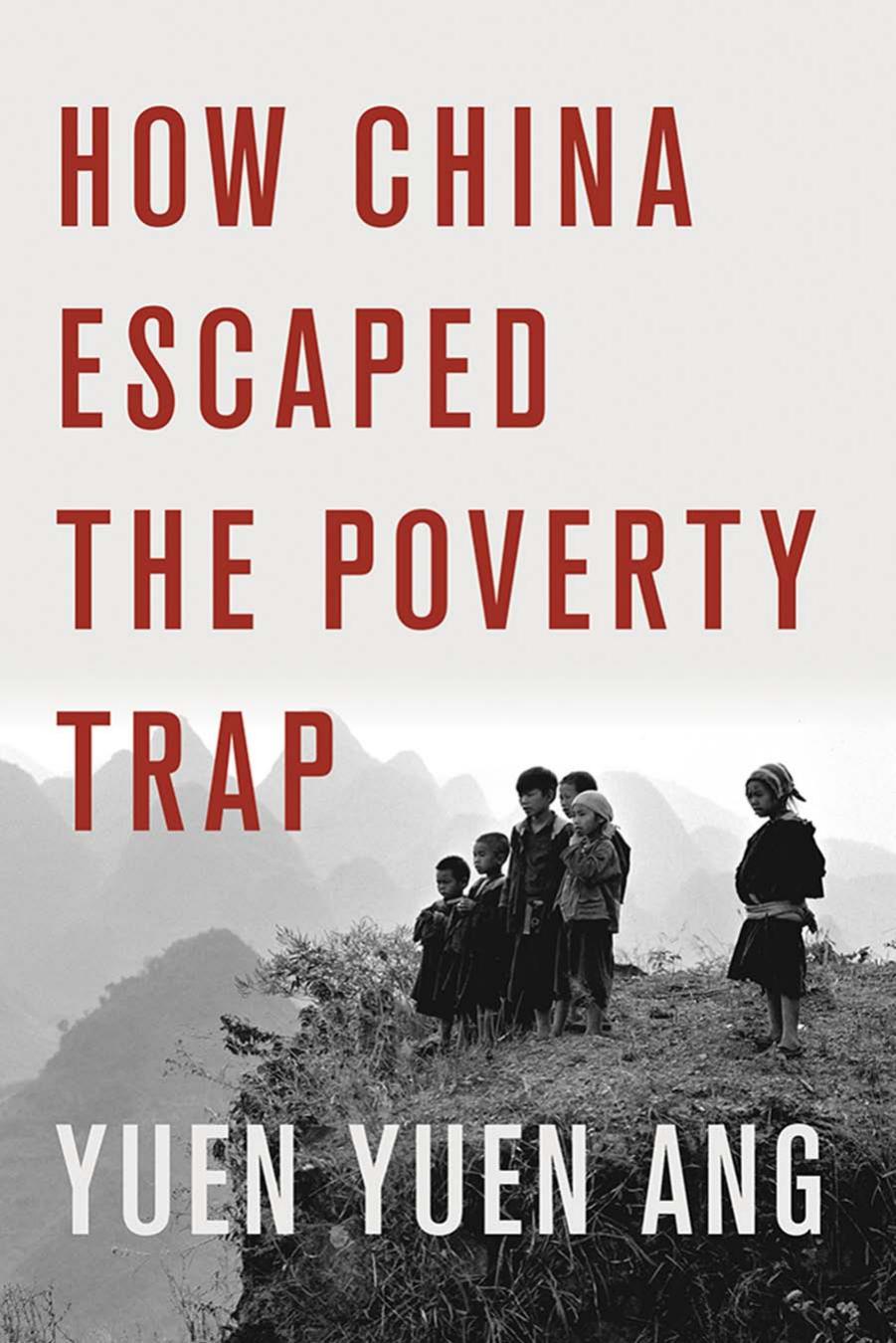How China Escaped the Poverty Trap by Yuen Yuen Ang

Author:Yuen Yuen Ang
Language: eng
Format: epub, pdf
Publisher: Cornell University Press
Published: 2016-06-29T04:00:00+00:00
A railway network dramatically shortened travel time to Forest Hill and stimulated growth opportunities.
Land finance provided a vital source of start-up funds for major infrastructure projects, such as the railway to Guangdong, which could not feasibly be financed through tax revenue alone. As a finance bureaucrat explained, “Our within-budget revenue [primarily taxes] is used to finance all the necessary public services, whereas land transfer fees are earmarked for urban and infrastructure construction. Fiscal transfers from the higher levels are definitely insufficient to meet our financial needs. Without land finance, it would be impossible to build up a city.”98 One of the earliest land sales in Forest Hill took place in 1993 for a parcel of land that was previously occupied by a farm equipment factory.99 A flurry of infrastructure construction continued from the 1990s to the 2000s, including highways, additional railroads, a county airport, and industrial parks.
The prospects of improved transportation links fueled the beehive practices that started around 1995. This was because “once the basic infrastructure was in place, we had a solid basis to attract investors.”100 Forest Hill now became a credible attraction to a wide range of investors, not merely to overseas relatives or opportunists seeking to extract natural resources. Against this backdrop of infrastructure expansion under the charge of Party Secretary Chen, an ambitious mayor, Yang—aka “the Recruiter”—who took office in 2002 as the city’s second-in-command, launched an investment campaign that he labeled “3 100s.” Whipping the beehive campaign into turbo mode, he set a goal of attracting one hundred investment projects every year at each of the three stages of planning, negotiation, and execution. “Investment fever reached a peak under Yang,” Officer Wu said, “producing a big growth spurt.”101 This growth spurt was accompanied by some “early efforts at industrial adjustment,” focusing on scale but not structure. Small paper and fiberboard makers were closed, and cement factories were urged to step up production.
Evidently, the aim of development from the 1990s to the early 2000s was to grow the size of the economy as quickly as possible. And city officials selected a market-building bundle of strategies geared toward this particular objective: en masse and personalized investment courtship, across-the-board giveaways, and physical infrastructural expansion. GDP per capita doubled within this five-year period. Yet the economic changes that occurred during this period were more than just rapid growth. As the city’s emphasis had been on achieving quantity—rather than quality—of growth, all types of investments arrived, leaving the market a miserable mess:102
Back then, our commercial parks had no plan. A tofu factory sat beside another factory making fiberboards. How is that going to work? Previously, we had some toy factories. The production of toys demands a whole line of parts, like plastic molds, electroplates, and so on. But the toy industry failed to create an industrial cluster, so it was not sustainable.
Up until this point, the development strategies we’ve seen in Forest Hill bore little resemblance to the East Asian newly industrialized economies, featuring technocratic agencies and coordinated policies that “picked winners” (i.
Download
How China Escaped the Poverty Trap by Yuen Yuen Ang.pdf
This site does not store any files on its server. We only index and link to content provided by other sites. Please contact the content providers to delete copyright contents if any and email us, we'll remove relevant links or contents immediately.
The Brazilian Economy since the Great Financial Crisis of 20072008 by Philip Arestis Carolina Troncoso Baltar & Daniela Magalhães Prates(117792)
International Integration of the Brazilian Economy by Elias C. Grivoyannis(87643)
The Art of Coaching by Elena Aguilar(52869)
Flexible Working by Dale Gemma;(23238)
How to Stop Living Paycheck to Paycheck by Avery Breyer(19614)
The Acquirer's Multiple: How the Billionaire Contrarians of Deep Value Beat the Market by Tobias Carlisle(12206)
Thinking, Fast and Slow by Kahneman Daniel(12011)
The Radium Girls by Kate Moore(11891)
The Art of Thinking Clearly by Rolf Dobelli(10167)
Hit Refresh by Satya Nadella(9011)
The Compound Effect by Darren Hardy(8768)
Tools of Titans by Timothy Ferriss(8178)
Atomic Habits: Tiny Changes, Remarkable Results by James Clear(8149)
Turbulence by E. J. Noyes(7913)
A Court of Wings and Ruin by Sarah J. Maas(7601)
Change Your Questions, Change Your Life by Marilee Adams(7595)
Nudge - Improving Decisions about Health, Wealth, and Happiness by Thaler Sunstein(7514)
How to Be a Bawse: A Guide to Conquering Life by Lilly Singh(7359)
Win Bigly by Scott Adams(7063)
